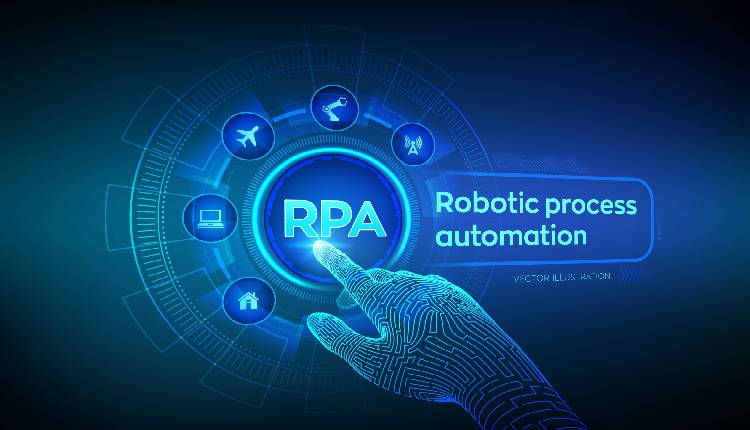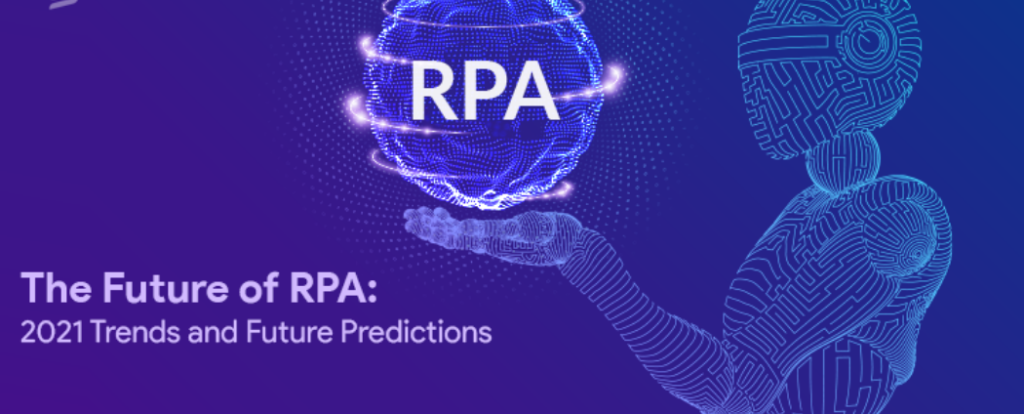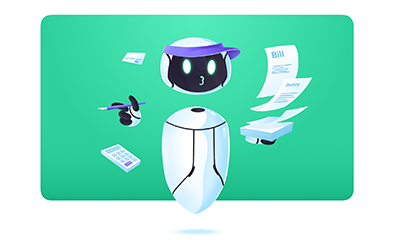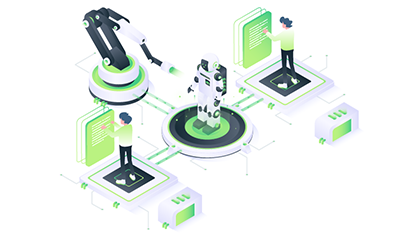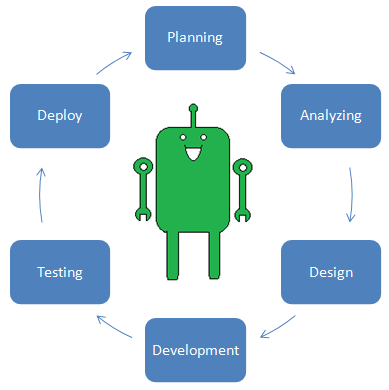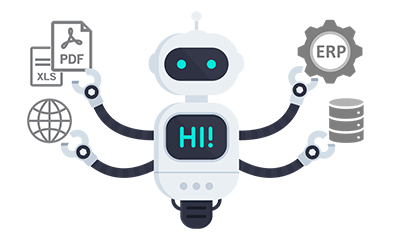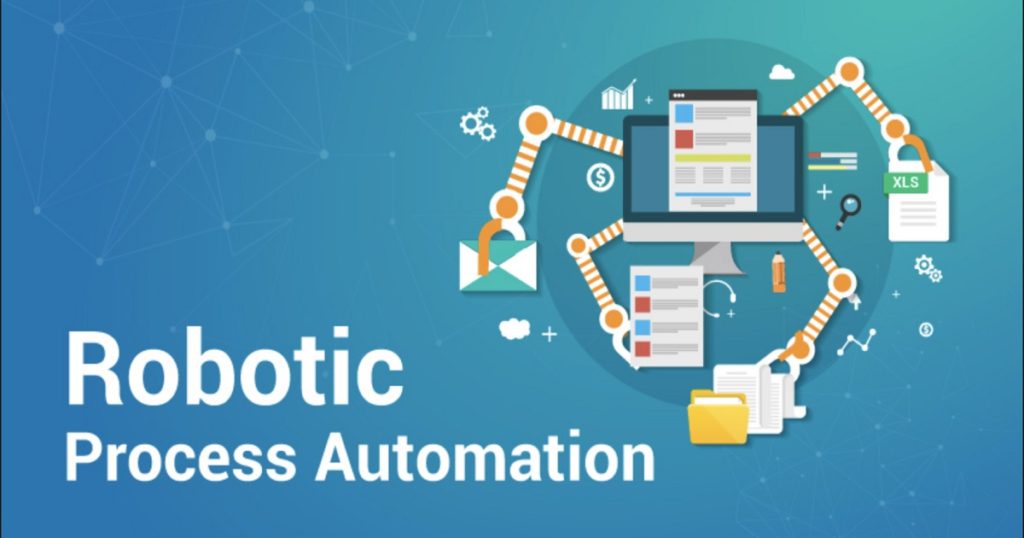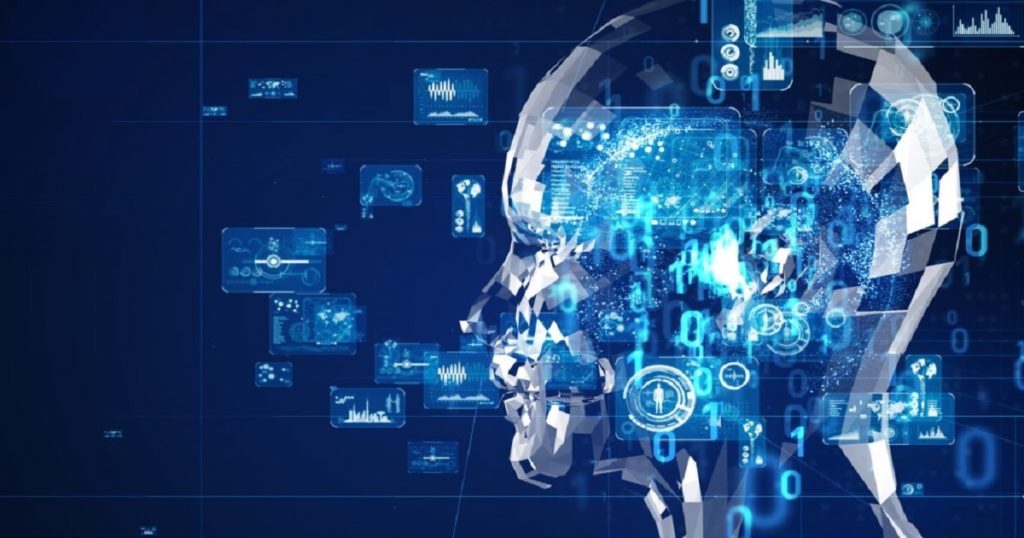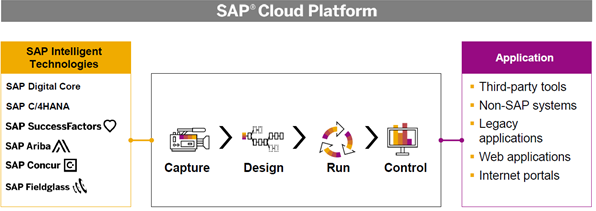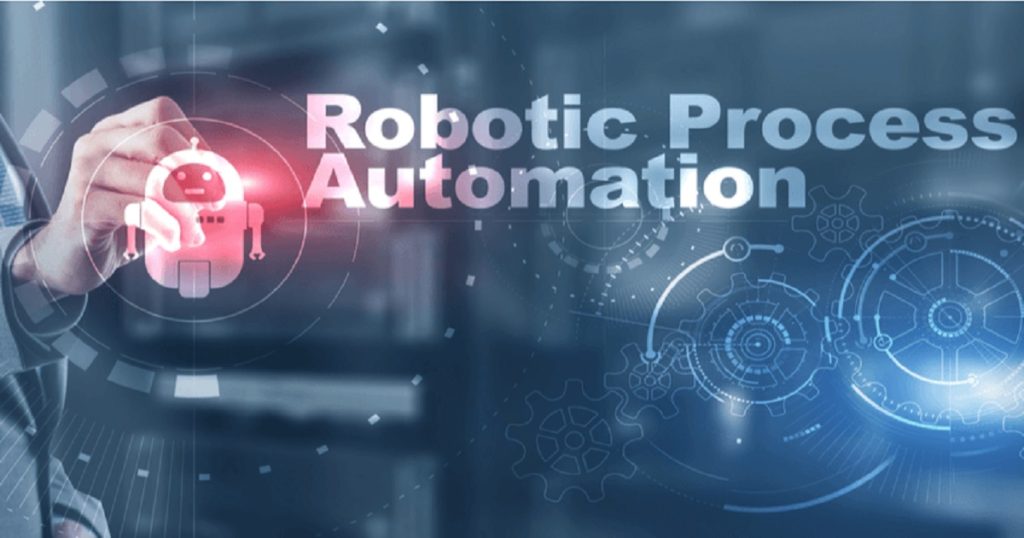RPA ON SAP
The very first thought that one would get by taking a look at the phrase ‘Robotic Process Automation’ is that of a mechanical robotic arm with its laser blade precision, planting chips in CPUs within split seconds and pushing each unit for dispatch down the assembly line. This is very much similar to what RPA does, Robotic Process Automation is all about the software that is designed and implemented to function like a robot.
Robotic Process Automation can be phrased as the technology that relieves individuals from performing all those tedious, manual, monotonous, repetitive rule-based tasks, processes, workflows and transactions with its digital counterparts rather than humans. RPA is all about automating repetitive activities to make them faster and less labour-intensive while producing higher quality data. Automating processes with a robot is common across all transactional business processes including finance transaction processing and personnel and customer-related activities.
With no further delay, let us try and understand how this fabulous technology when put to use to work in conjunction with techno giants like SAP. Let us understand all those nitty-gritty details in more depth to appreciate how RPA can accentuate the growth rates of any Organization as such. Let us get started then, shall we?
What is SAP automation using RPA?
Robotic Process Automation as discussed in the section earlier is one of the newest and latest trends that is creating the buzz in the industry.A quick win to Robotic Process Automation would be RDA (Robotic Desktop Automation) which is even phrased as attended RPA. This not only allows the industries to unleash the powers of RPA to the fullest but also can create wonders increasing their own potentials. RDA simplifies and optimizes the works that are taken up by the employees to such an extent that these tasks are automated and integrated with processes on the desktops for them. Employee Productivity is what we achieve by the usage of Robotic Desktop Automation, as Organizations can now deliver deliverables quicker in a much more seamless manner.
There is this other important aspect to Robotic Process Automation which is called the Workforce Intelligence, that uses the techniques of Robotic Automation to quickly understand how each of the sales and services agents works and also at the same time how each of the applications, processes work in conjunction for them. Putting these details in combination with the insights from CRM Performance data, it makes it very easy for the Organizations to identify the present inefficiencies and also makes it easy to realize how these affect the factors like agent performance, customer experience and etc. directly.
Robotic Process Automation (RPA) is the trendiest and the most appealing technology that has been evolving over recent years and along with it, there are some misconceptions about it and also why do the SAP customers should examine the use of RPA carefully. Nonetheless, the ultimate goal of Robotic automation is to have improved customer experience and at the same time have wonderful operational excellence via increased efficiency, effectiveness, performance, agility and more across the Organization.
What are some common RPA SAP automation use cases?
When companies like SAP look for opportunities in cost-cutting and also in reducing costs to do businesses, they would typically start with the best offshoring of their existing processes – directly or through consulting firms. This step ensures that the processes and the required staff are placed right in the right direction, and also in the most economically favorable geography. The next step would be that SAP may apply these business process optimization techniques to improve on their efficiency a bit further. Considering this, there are limits to offshoring that an Organization can do and what if the thresholds are crossed?
Here comes the use of Robotic Process Automation where you do not really need to depend on human resources to get your works but robots when provided the necessary details can take over those particular tasks and can perform with the utmost ease. These are some of the most common use cases where SAP is putting to use the RPA (Robotic Process Automation) technologies, as follows:
* Starting or closing a case
* Filling a form on the screen
* Copying and pasting data between SAP and other applications
* Comparing data fields on the screen
* Identifying an exception to a process and flagging it for review
* Updating status field in a system
* Content migration
* Data mining
* Keying or screen scraping data on the screen
How does RPA help SAP?
The area where Robotic Process Automation has been applied in SAP environments (historically) is in and around the areas of Document Imaging. This involves in converting a paper based document into a digital document, working on the text and also on the content of the document via the OCR (Optical Character Recognition) technology. Using the OCR technology in conjunction with the RPA technology SAP has been able to render the information in a system that can be appropriately be routed through the Organization for review and approval. This not just simplifies the process, but gives you more than what you think on this SAP environment just because of RPA.
This is just one application of Robotic Process Automation within the SAP environments for a specific use case, but there are more than just this where Robotic Process Automation can help SAP or for that case, any other Organization with its wonderful usage. But for the time being, considering this article – we will have to limit ourselves to talk about just this use case on how Robotic Process Automation can help SAP do their things in a better way.
How to choose the best RPA tool for SAP?
Considering the introduction provided in the sections earlier is good enough for someone to get started from this section of the article, here are the best suited Robotic Process Automation tools for SAP that we have come up with:
1. UIPath:
UIPath is a Windows desktop Robotic Process Automation (RPA) software, generally phrased as a Robotic Desktop Automation tool (RDA). UIPath finds its usage already in some of the SAP-related processes as mentioned below:
SAP screen scraping
2. Blue Prism:
Blue Prism Robotic Process Automation software platform explains how the technology can be used by the accredited operational businesses and the team responsible for rapidly develop cost-effective business process automation routines.
3. Automation Anywhere:
Automation Anywhere software is very well used to automate processes end to end and it also has advanced cognitive bots that help learn as they work. This tool also has analytics features that can change how you operate based on needs and requirements.
With the advent of Robotic Process Automation (RPA) technology, it is less clear on how prospective customers choose and make their final decision in evaluating or selecting a RPA vendor that suits their needs and requirements. This section is all about that, to provide practical guidance for the Organization who are willing to make that specific choice. The most essential evaluation criteria that an Organization should think over are the Product and the Company. Making the best choice amongst the available options is for sure the most important decision to make (as the best vendor might not compensate well on an ill-suited product from their side to the Customer).
The most important principle in evaluating a product is not just to look at the software for its performance on executing repetitive jobs, rule-based processes at a fraction of the manual execution but also be able to be implemented in a rapid and also a smooth integration with the other systems and applications. All of this should be done keeping in mind the Organizational and Technological disruption to a bare minimum (close to zero).
Let us now discuss those essential features based on which an Organization can choose the RPA product that suites their needs and requirements, which are listed as below:
a. Easy & Effective User Experience:
Users of the Organization should be able to create the necessary business processes that ought to be automated in a graphical manner, so as to ensure that it gets integrated seamlessly and thereby allowing the business users to capture the process steps instead of coding them programmatically. The graphical user interface may require to have the following, not mandatory but are good to have the following:
* Designer screen
* Tool ribbon
* Action recorder
* Drag & Drop features
* Wizards
